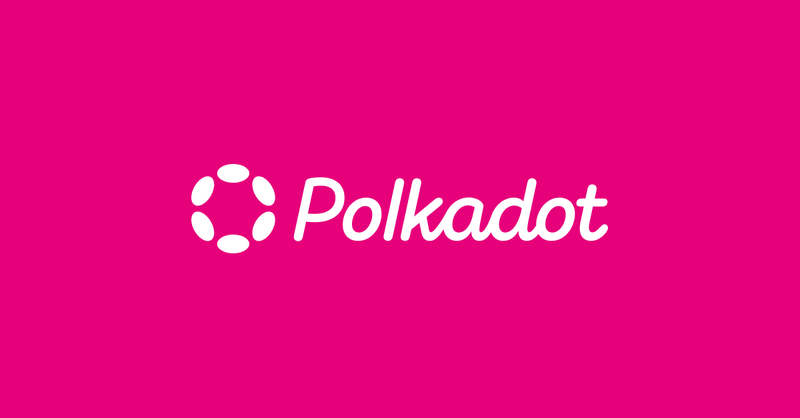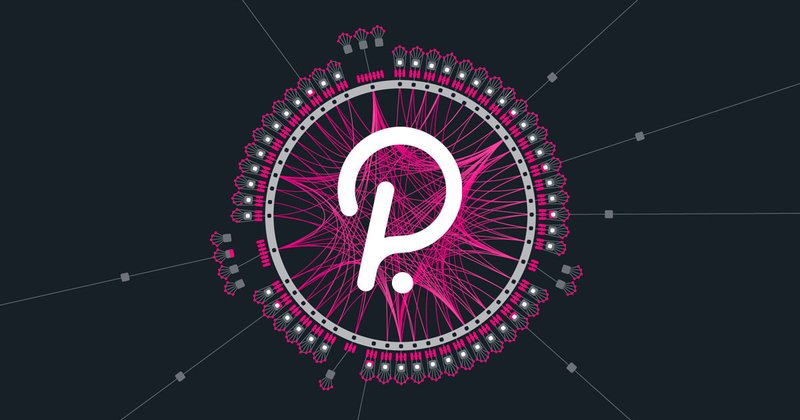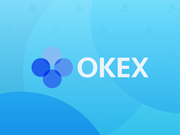Polkadot (DOT)
5 minutes
Beginner
Polkadot (DOT) is a blockchain network created to connect multiple other blockchains into one unified ecosystem. Polkadot is a multi-chain decentralized network in which each small network within it exists independently. The native token of the Polkadot network is DOT.
Developers can create their own applications and blockchains on top of the Polkadot network using parachains. An analogy can be made between the Polkadot network and parachains as a parent company that has several subsidiary companies in a decentralized ecosystem. These small parachain networks are useful for various purposes, including creating a new blockchain.
Creating
The Polkadot network was created by Gavin Wood, a co-founder of Ethereum and the lead developer who created Solidity (an application for programming Ethereum). In 2016, Gavin Wood left Ethereum and wrote a technical document about the Polkadot network. Wood also founded Parity Technologies, which is responsible for producing the technological infrastructure of Polkadot and Substrate, an application for programming Polkadot.
The Polkadot network was successfully launched with all its features in August 2020. Polkadot has a dedicated page that explains the Polkadot launch process. Additionally, the page describes two important upcoming upgrades: Cross-Consensus Message Format (XCM) and Parachains.
Read: Polkadot network technical document
How does Polkadot work?

The Polkadot network uses Substrate, a programming application created specifically for Polkadot and all its functions. Substrate for Polkadot is similar to Cosmos SDK for the Cosmos ecosystem, ensuring that all applications and blockchains in the Polkadot ecosystem can interact and connect with each other using the same application programming.
Architecture
Relay chain
It provides security for parallel segmented blockchains (parachains). Transactions from parachains are confirmed in the relay chain using a system of validators.
Parachutes
These are customizable blockchains that can operate according to their own rules and norms. Because they are heterogeneous, they can be designed to perform a variety of different functions, from decentralized finance (DeFi) to use cases that need to be optimized for high transaction throughput or privacy-preserving games, and can be public or private. The system allows parachains to interact, meaning they can communicate with each other and exchange data or tokens.
Parapotics
They are similar to parachains, but only occasionally establish a link to the relay chain, allowing for security with pay as you go.
Bridges
Allow Polkadot to interact with external networks such as Bitcoin and Etherium.
Nominal Proof of Share (NPoS)
Polkadot is a nominated Proof-of-Stake (NPoS) system. NPoS allows all owners of native tokens (DOT) to participate in securing the network by staking their tokens. This can be done in two ways:
- By launching nodes as a validator, confirming transactions in parachains, adding new blocks to the relay chain, and participating in consensus.
- By nominating, i.e. allocating tokens to support selected validators.
The system allows an unlimited number of nominators to support validators. This acts as a security measure to prevent domination by "whales" (holders of disproportionately large amounts of tokens) since the staking behind validators is greater than any single holding.
While validators and nominators on Polkadot are rewarded with DOT tokens, mistakes or malicious behavior by validators result in penalties known as "slashing". This serves as an economic incentive for well-functioning and supported nodes, as nominators seek out validators with a good reputation.
Managing

Polkadot has a complex network governance system where all DOT holders have a voice in how the network operates. Changes to the system are made through proposals, which are then voted on.
DOT owners can propose their own solutions or vote for existing proposals.
The Council
Represents passive DOT holders and performs two main functions: proposes referendums and veto any referendums deemed dangerous to the system. The Council is a network organization, each member of which is represented by an account on the blockchain. Any DOT holder can register for consideration in the Council. Then participants are selected by an algorithm from the available pool of nominations. The term of the Council's tenure is 7 days.
Technical Committee
The Technical Committee is elected by the Council and consists of team members who have actively contributed to the creation of Polkadot. The Technical Committee has the authority to make quick changes or updates in case of an emergency situation. Approved changes and updates can be made without forking the system by modifying the runtime environment. This allows Polkadot to easily solve problems and quickly adapt to developments in blockchain technology.
Scalability and speed

Currently, it is planned that the relay chain will secure up to 100 parachains and up to 10,000 parathreads. Additionally, nested relay chains are currently being researched, which will allow the network to scale even further.
DOT and its functionality
Polkadot's own network token, the DOT, has several features that make it useful. DOTs can be used to manage, operate the Polkadot network and link parachutes to the Polkadot relay chain.
As a control token, DOT allows holders to determine protocol development, including adding or removing parachutes, changing network commissions and voting on major changes to the network. DOT is part of the system of validators and nominators used to achieve consensus in the Polkadot network.
When a new parachain is added to the network, DOT is locked. This allocation remains locked until the parachain is part of the network, and later released when the parachain leaves the network.
Economic data of the project at the time of writing:
In circulation: 1 167 729 406
Maximum volume: ∞
Market capitalization: $7,542,058,452
Price: $6.47
CoinGecko.com data



